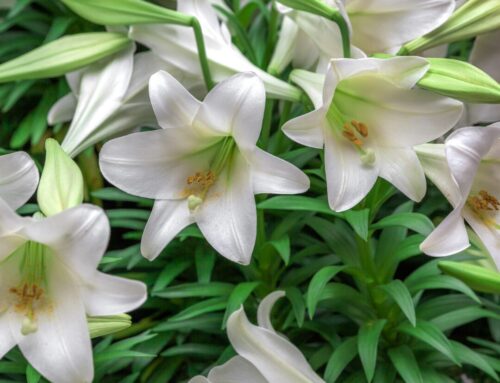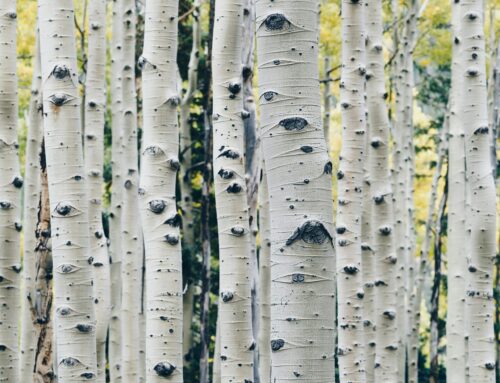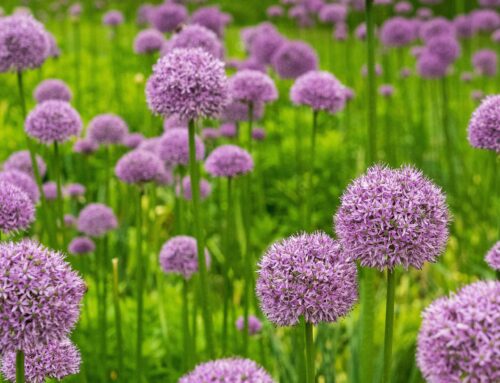Coneflowers are a wonderfully versatile native perennial. Their hardiness makes them a perfect addition to a beginner gardener’s landscape. The above-ground parts of the plant are used in a myriad of herbal remedies and are the focus of medicinal study. As a native plant to eastern and central North America, it’s also an incredibly environmentally conscious plant to add to your next garden.
Botanical Background:
- Echinacea belongs to the Asteraceae family, commonly known as the daisy or sunflower family.
- There are nine species of echinacea, native to North America.
- The plant typically features large, showy flowers with prominent central cones, hence the name “coneflower.”
Historic Significance:
- Indigenous tribes in North America have long used echinacea for its medicinal properties.
- European settlers adopted its use as a folk remedy for various ailments..
Medicinal Uses:
- Echinacea remains a popular herbal remedy in the form of tea and supplements, renowned for its immune-boosting properties.
- It possesses anti-inflammatory and antioxidant properties, making it beneficial for overall health and well-being.
Horticultural Delight:
- Echinacea is prized for its vibrant and long-lasting flowers, which attract pollinators such as bees and butterflies.
- It comes in a range of colors, including shades of pink, purple, and white, making it a versatile addition to any garden.
Landscape Design:
- Echinacea’s tall, slender stems and striking flowers make it an excellent choice for adding height and visual interest to flower beds and borders.
- It pairs well with other perennials and ornamental grasses, creating dynamic and colorful landscapes.
Cultivation and Care:
- Echinacea thrives in well-drained soil and full sun but can tolerate some shade.
- It is a hardy perennial that requires minimal maintenance once established.
- Regular watering during dry spells and occasional fertilization can promote healthy growth and abundant flowering.
- Coneflowers aren’t aggressively spreading, but do reseed.
- Deadheading after the flowers wilt prevents any unwanted spread and promotes more flowering.
Environmental Benefits:
- Echinacea is a valuable addition to pollinator gardens, providing a source of nectar and pollen for bees, butterflies, and other beneficial insects.
- After flowering, its seeds attract native birds and promote biodiversity.





